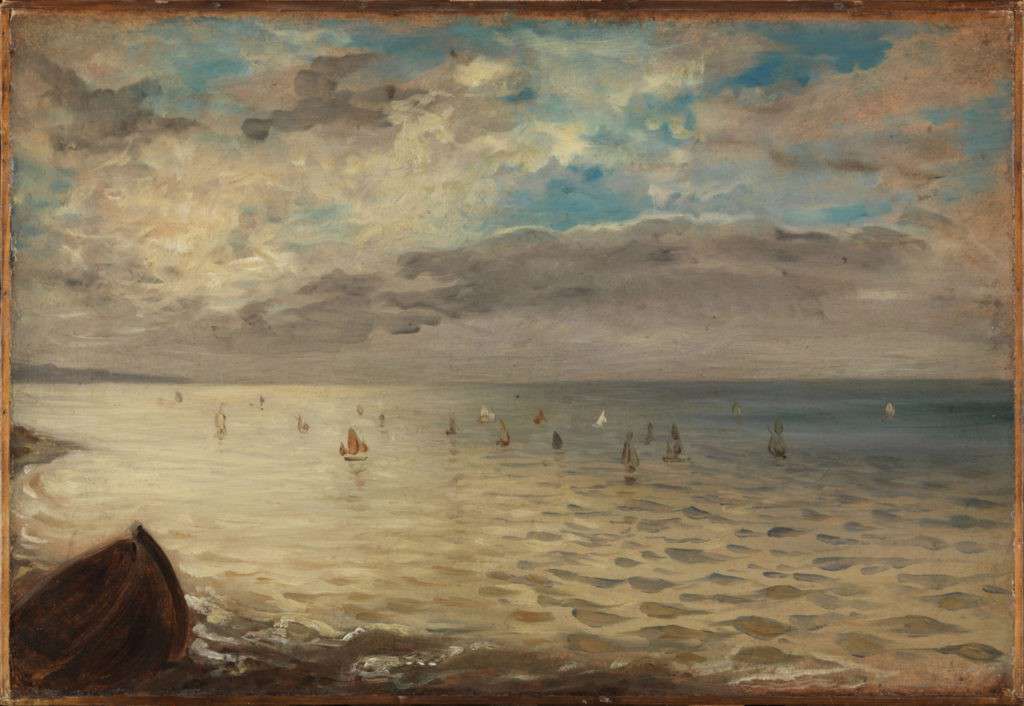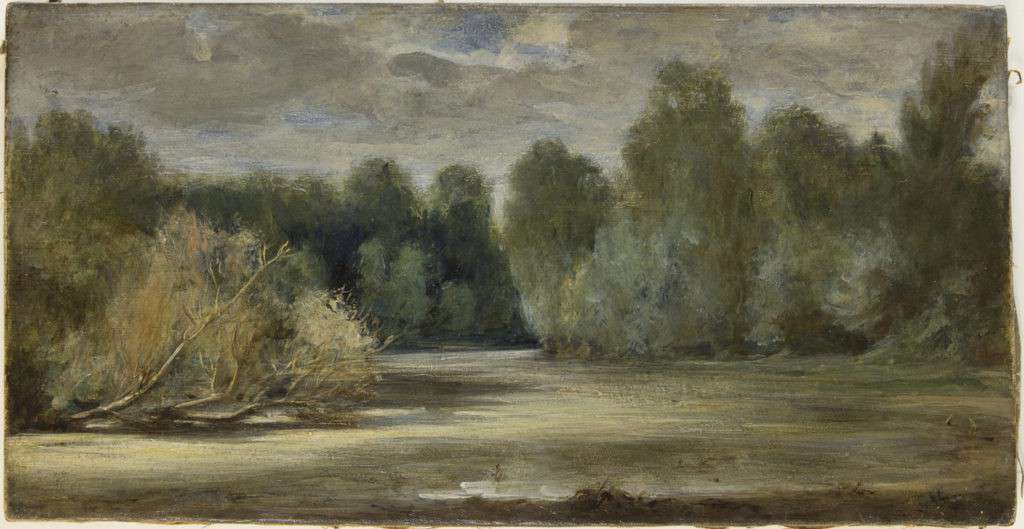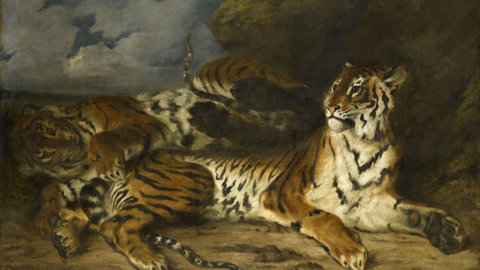In the intimate setting of the museum and its charming garden, visitors can thus take refuge in a peaceful haven of nature in the heart of Paris, take part in creative workshops and learn about the history of the garden with a new podcast. Delacroix loved nature. He immersed himself in the contemplation of the sea and the landscapes and made many trips to the countryside, staying at his house in Champrosay or with his friend George Sand in the Berry region. Throughout her career, she has lovingly described the beauty of nature in her journal and letters. He drew with the sculptor Antoine-Louis Barye at the menagerie of the Jardin des Plantes. Animals remained an inexhaustible source of interest for him. But beyond the curiosity, pleasure and relaxation deriving from observing him, nature was above all an object of study for Eugène Delacroix. The shape of a leaf, the colors of a flower, the texture of fur, the curve of an animal's spine. Delacroix delighted in the many details before his eyes and eagerly made them the focus of countless studies. Presented in the Delacroix and Nature exhibition, rare landscapes painted by Delacroix, as well as a series of sketches and drawings by the painter, form a collection of personal herbs, bestiaries and study sheets that Delacroix would never show to the public in his lifetime. Bringing a fresh perspective to what nature has to offer, the exhibition invites visitors to follow in Delacroix's footsteps and view nature with an artist's eye.

The artist drew on his observations of fauna and flora to compose and create his finest works. The landscapes thus form the backdrop for numerous bucolic scenes, while the animals he draws come to life in his masterpieces. Delacroix did not hesitate to create imaginary animals or expressive deformation of their anatomies. Similarly, he created a botanical decoration for Orpheus Comes to Civilize the Still Wild Greeks and Teach them the Arts of Peace.

Eugène Delacroix (French, 1798–1863), known as the leading Romantic painter of his era, loved cats. His many notebooks show preparatory sketches of lions, tigers and several charming domestic cats. Big cats, for the most part, have become big paintings. At 52 x 76,6 inches (130 x 195 cm), Young Tiger Playing with Its Mother, 1830, (Cover Image) is surprisingly large for an animal painting of his time, a size normally devoted to a history painting . His most famous work, La Liberté guidant le peuple, dates from the same year. When Young Tiger was shown at the Paris Salon in 1831, the critics could hardly top it. Why did Delacroix feel so motivated to paint such a scene?
One critic noted the Young Tiger painting: “This offbeat artist has never painted a man who looks like a man the way his tiger looks like a tiger“. Delacroix extended his devotion to big cats to lions. He painted these works towards the end of his life, throwing himself into expressing lions with a youthful vivacity. Painting big cats gave the artist inner calm and a sense of inner strength.
Cover photo: Etude de deux tigres, ou Jeune tigre jouant avec sa mère © RMN-Grand Palais (musée du Louvre) / Franck Raux





